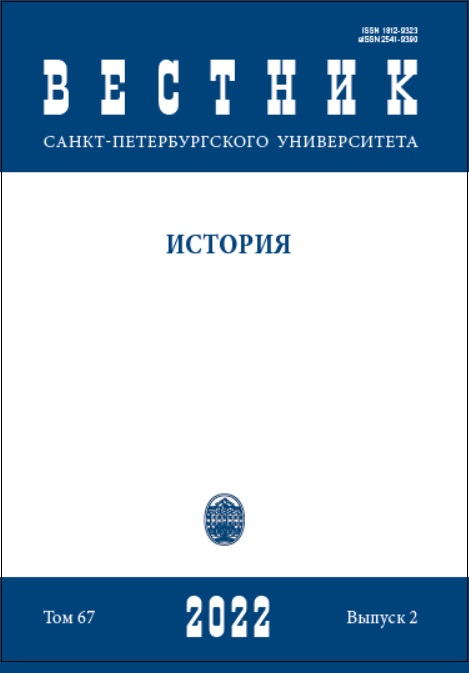The Image of Soviet Woman in the Slovak Communist Newspapers in the Interwar Period
DOI:
https://doi.org/10.21638/11701/spbu02.2022.211Abstract
After the First World War, a new idealised perception of a woman-Communist arose due to fundamental political and social changes in the Soviet Union, which served as a desired horizon for working women, mothers, sympathisers, and voters adhering to the Communist Party in Czechoslovakia during the interwar period. More broadly, this newly emerged idealisation also shaped gender relations. The aim of this study is to characterize the image of an ideal Soviet woman and a communist, as both presented and produced within the Slovak women’s communist movement in the 1920s. In doing so, I will examine texts, speeches, and reactions published in the Communist women’s biweekly “Proletarka”, whose primary audience was female. A new role model of a woman reflected idealized Soviet state and a Soviet woman’s lifestyle. At the same time, it employed a rather simplified referential framework of the Marxist canon, consisting of writings of Karl Marx, Friedrich Engels, and mainly Vladimir I. Lenin. Within a conservative and mostly rural Slovak environment, such an idealised image of a new communist woman as well as the interrelated ‘revolutionary’ idealisation of both marriage and motherhood represented a mobilising potential of a questionable, if traceable, force. On the contrary, it could provoke rather controversial reactions from the targeted recipients.
Keywords:
Slovakia, women, Soviet role model, new ideal-type, Marxism-Leninism
Downloads
References
References
Downloads
Published
How to Cite
Issue
Section
License
Articles of "Vestnik of Saint Petersburg University. History" are open access distributed under the terms of the License Agreement with Saint Petersburg State University, which permits to the authors unrestricted distribution and self-archiving free of charge.





